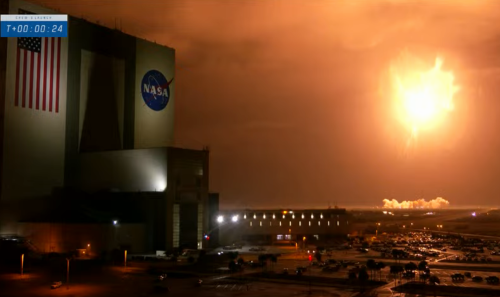Russia selects first astronaut to fly on Dragon
Russia, as part of the continuing barter deal with NASA for seats on the capsules of both countries, has selected rookie astronaut Anna Kikina to be the first Russian to fly on a Dragon capsule.
Kikina is the only woman currently active in the Russian cosmonaut corps. She was selected in 2012 but has yet to fly in space, although Rogozin and other Russian officials had previously said she would fly in the fall of 2022. She would likely be on the Crew-5 Crew Dragon mission, to which NASA astronauts Nicole Mann and Josh Cassada and JAXA astronaut Koichi Wakata are currently assigned.
While according to the Russians the barter deal is finalized, according to NASA negotiations are still ongoing. This announcement by the Russians might actually be a negotiating tactic, since the tensions between the U.S. and Russia over Russian threats to the Ukraine could threaten the partnership at ISS. By making this announcement the Russians might be trying to make the barter deal an accomplished fact.
Russia, as part of the continuing barter deal with NASA for seats on the capsules of both countries, has selected rookie astronaut Anna Kikina to be the first Russian to fly on a Dragon capsule.
Kikina is the only woman currently active in the Russian cosmonaut corps. She was selected in 2012 but has yet to fly in space, although Rogozin and other Russian officials had previously said she would fly in the fall of 2022. She would likely be on the Crew-5 Crew Dragon mission, to which NASA astronauts Nicole Mann and Josh Cassada and JAXA astronaut Koichi Wakata are currently assigned.
While according to the Russians the barter deal is finalized, according to NASA negotiations are still ongoing. This announcement by the Russians might actually be a negotiating tactic, since the tensions between the U.S. and Russia over Russian threats to the Ukraine could threaten the partnership at ISS. By making this announcement the Russians might be trying to make the barter deal an accomplished fact.

